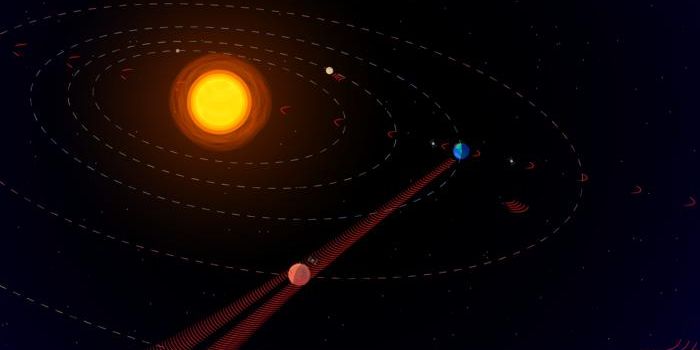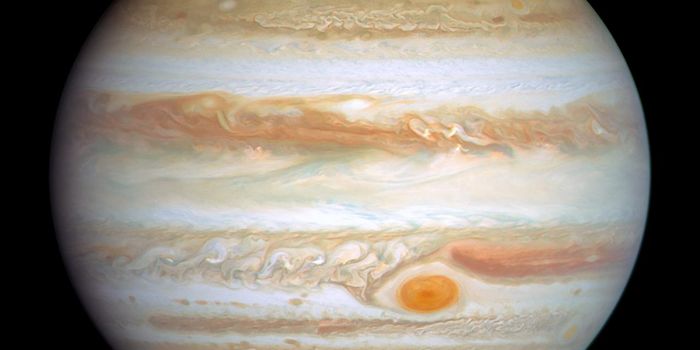NASA's TESS Spacecraft Detects its Third Exoplanet
NASA may have said goodbye to its Kepler Space Telescope at the end of October, but the American space agency continues its search for distant exoplanets with the help of its Transiting Exoplanet Survey Satellite (TESS) spacecraft.
TESS began surveying the cosmos for distant exoplanets in July 2018. Since then, the mission has already turned up at least three previously-unknown alien worlds from outside of our solar system. Details encompassing the third of the aforementioned exoplanets are published in the journal Astrophysical Journal Letters.
Image Credit: NASA's Goddard Space Flight Center, edited by MIT News
Astronomers have allegedly named their newfound world HD 21749b, and according to the paper, the exoplanet is about three times larger than Earth and resides approximately 53 light-years away in the constellation Reticulum where it orbits a bright dwarf star once every 36 days.
The rapid orbital period is a consequence of the exoplanet’s close proximity to its host star; however, it’s not the shortest orbital period on record. In fact, the newfound exoplanet sports the longest orbital period of all three worlds discovered via the TESS mission thus far. The other two, LHS 3844b and Pi Mensae b, orbit their host stars once every 11 hours and 6.3 days respectively.
"It's the coolest small planet that we know of around a star this bright," explained study lead author Diana Dragomir from MIT.
"We know a lot about atmospheres of hot planets, but because it's very hard to find small planets that orbit farther from their stars, and are therefore cooler, we haven't been able to learn much about these smaller, cooler planets. But here we were lucky, and caught this one, and can now study it in more detail."
Related: Have astronomers discovered an exomoon for the first time?
Despite how closely HD 21749b orbits its host star, the exoplanet’s surface temperature allegedly hovers around the 300-degree Fahrenheit mark. While that’s a lot warmer than Earth, astronomers say this is surprisingly cool given the exoplanet’s proximity to its host star.
Perhaps unsurprisingly, astronomers think HD 21749b might be a gaseous exoplanet, which speaks to its uninhabitable qualities. Furthermore, the atmosphere of this distant world seems to be denser than that of Neptune or Uranus from our own solar system.
"We think this planet wouldn't be as gaseous as Neptune or Uranus, which are mostly hydrogen and really puffy," Dragomir added. "The planet likely has a density of water, or a thick atmosphere."
Related: NASA scientists reflect on the now-retired Kepler mission
The TESS mission is still young, and so astronomers are sure to find many more exoplanets as observations continue. It should be interesting to see what they’ll uncover next.
Source: MIT, Astrophysical Journal Letters









